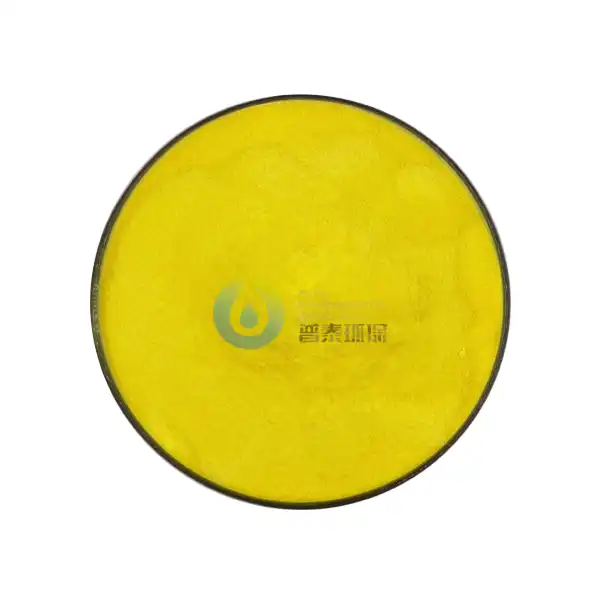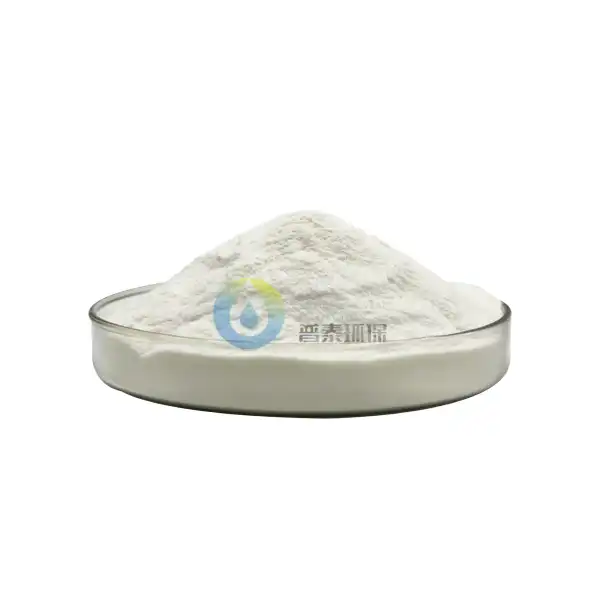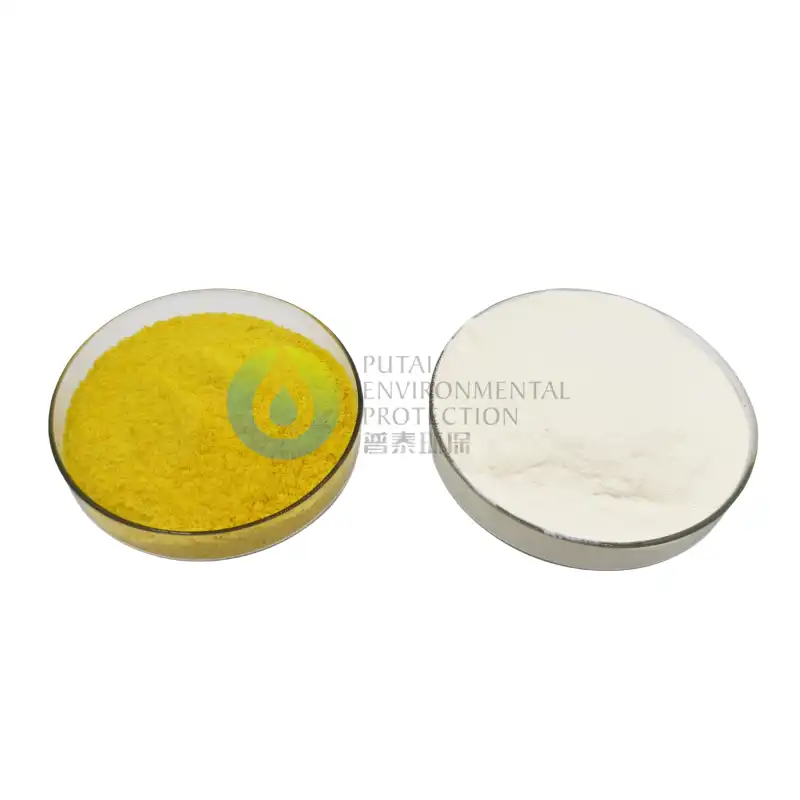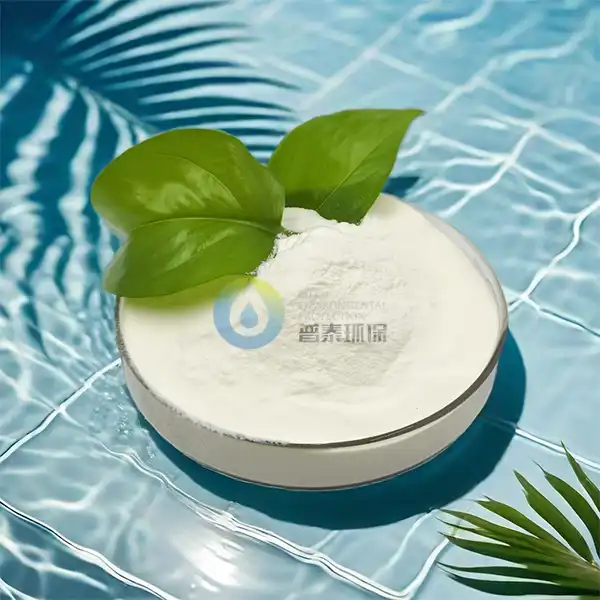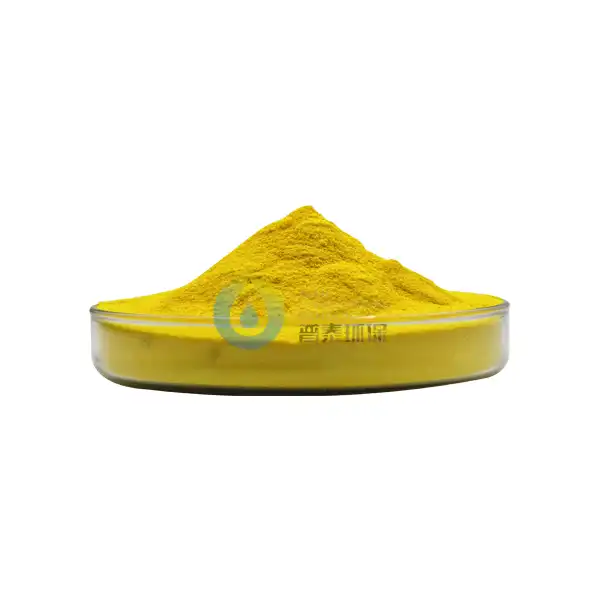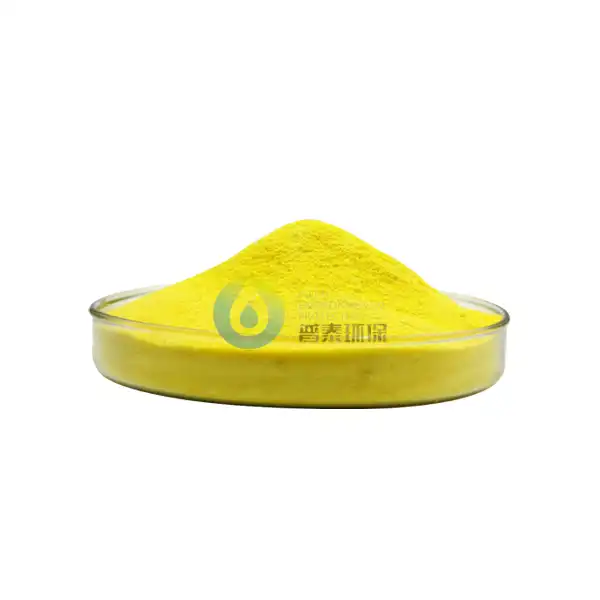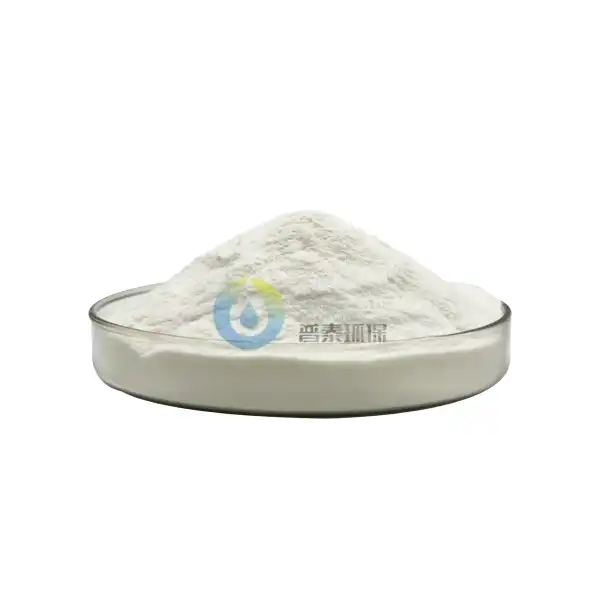Why is Low Heavy Metal Content Crucial in PAC Liquid?
In the realm of water treatment, polyaluminum Poly Aluminium Chloride Liquid stands out as a versatile and effective coagulant. However, not all PAC solutions are created equal. One critical factor that sets high-quality PAC apart is its low heavy metal content. This article delves into the importance of minimizing heavy metals in PAC liquid, exploring the potential health risks, verification methods, and identifying top manufacturers in the industry.
Health risks of arsenic/lead in water treatment chemicals
The presence of heavy metals, particularly arsenic and lead, in water treatment chemicals poses significant health concerns. These contaminants can seep into treated water, potentially exposing consumers to a range of health issues.
Poly Aluminium Chloride Liquid with high levels of arsenic can lead to severe health problems. Chronic arsenic exposure has been linked to various cancers, including skin, bladder, and lung cancer. Additionally, it may cause skin lesions, cardiovascular diseases, and developmental issues in children.
Lead contamination is equally alarming. Even low levels of lead exposure can result in cognitive impairment, behavioral problems, and delayed growth in children. Adults may experience hypertension, kidney dysfunction, and reproductive issues.
The cumulative nature of heavy metal toxicity amplifies these risks. Over time, even minute amounts can accumulate in the body, leading to chronic health problems. This underscores the critical importance of using PAC liquid with minimal heavy metal content in water treatment processes.
Water treatment facilities bear the responsibility of safeguarding public health. By utilizing high-purity PAC liquid with low heavy metal content, they can significantly reduce the risk of contaminating treated water and protect the well-being of communities they serve.
How to verify heavy metal compliance in PAC batches
Ensuring the quality and safety of Poly Aluminium Chloride Liquid requires rigorous testing and verification processes. Here are some key methods to ascertain heavy metal compliance in PAC batches:
- Atomic Absorption Spectroscopy (AAS): This technique quantifies specific elements in a sample by measuring the absorption of light at characteristic wavelengths. AAS is particularly effective for detecting arsenic and lead in PAC liquid.
- Inductively Coupled Plasma Mass Spectrometry (ICP-MS): This highly sensitive method can detect multiple elements simultaneously at very low concentrations. It's ideal for comprehensive heavy metal analysis in PAC batches.
- X-ray Fluorescence (XRF): A non-destructive technique that can quickly analyze the elemental composition of PAC liquid. While less sensitive than AAS or ICP-MS, it's useful for rapid screening.
- Colorimetric Tests: These simple, cost-effective tests can provide a quick indication of heavy metal presence. They're particularly useful for on-site testing but may lack the precision of laboratory methods.
- Third-Party Laboratory Analysis: Sending PAC samples to accredited laboratories for comprehensive testing ensures unbiased and accurate results.
Regular batch testing is crucial to maintain quality control. Manufacturers should provide detailed certificates of analysis (CoA) for each batch, specifying heavy metal content and compliance with regulatory standards.
Water treatment facilities should implement a robust verification protocol, including:
- Regular supplier audits
- Random batch testing
- Maintaining detailed records of test results
- Periodic review of testing procedures and standards
By adhering to these practices, water treatment professionals can ensure the Poly Aluminium Chloride Liquid they use meets the highest standards of purity and safety.
Best manufacturers for low-contaminant PAC liquid
Selecting a reliable manufacturer is paramount in obtaining high-quality, low-contaminant Poly Aluminium Chloride Liquid. While specific brand names are not mentioned here, certain characteristics distinguish top-tier manufacturers:
- Stringent Quality Control: Leading manufacturers implement rigorous quality management systems, often certified to ISO 9001 standards. They maintain strict control over raw materials, production processes, and final product testing.
- Advanced Production Technology: State-of-the-art manufacturing facilities utilize cutting-edge technology to minimize contamination and ensure consistent product quality. This may include automated production lines and clean room environments.
- Comprehensive Testing Protocols: Top manufacturers conduct extensive in-house testing of each PAC batch. They often exceed regulatory requirements, testing for a wider range of contaminants at lower detection limits.
- Transparency and Documentation: Reputable producers provide detailed product specifications, certificates of analysis, and safety data sheets. They are open about their manufacturing processes and quality control measures.
- Research and Development Focus: Leading companies invest heavily in R&D to continually improve their products. This includes developing new purification techniques to further reduce heavy metal content.
- Industry Certifications: Look for manufacturers with relevant industry certifications, such as NSF/ANSI 60 for drinking water treatment chemicals.
- Sustainability Practices: Many top manufacturers are committed to environmental sustainability, implementing eco-friendly production methods and waste reduction strategies.
- Customer Support and Technical Expertise: The best manufacturers offer comprehensive technical support, including assistance with product selection, dosage optimization, and troubleshooting.
- Global Compliance: For international use, choose manufacturers whose products comply with global standards, including EU REACH regulations and US EPA requirements.
- Track Record and Reputation: Established manufacturers with a long history of producing high-quality PAC liquid often have a proven track record and positive industry reputation.
When selecting a PAC liquid supplier, water treatment professionals should thoroughly evaluate potential manufacturers based on these criteria. Conducting site visits, requesting sample analyses, and seeking references from other water treatment facilities can provide valuable insights into a manufacturer's capabilities and product quality.
It's worth noting that while price is a consideration, it shouldn't be the primary factor in choosing a PAC liquid supplier. The long-term benefits of using high-purity, low-contaminant Poly Aluminium Chloride Liquid far outweigh any short-term cost savings from cheaper, potentially contaminated alternatives.
Regular supplier evaluations and performance reviews are essential to ensure continued compliance and product quality. By partnering with top-tier manufacturers, water treatment facilities can confidently deliver safe, high-quality water to their communities.
Conclusion
The importance of low heavy metal content in Poly Aluminium Chloride Liquid cannot be overstated. From safeguarding public health to ensuring regulatory compliance, the quality of this crucial water treatment chemical plays a pivotal role in the effectiveness and safety of water purification processes.
By understanding the health risks associated with heavy metal contamination, implementing robust verification protocols, and partnering with reputable manufacturers, water treatment professionals can significantly enhance the quality and safety of treated water.
As we continue to face growing challenges in water quality and scarcity, the role of high-purity water treatment chemicals becomes increasingly critical. Investing in premium-quality PAC liquid with minimal heavy metal content is not just a regulatory requirement—it's a commitment to public health and environmental stewardship.
For water treatment facilities seeking a reliable source of high-quality, low-contaminant PAC liquid, Xi'an PUTAI Environmental Protection Co., Ltd. stands out as a leading manufacturer. With over 19 years of experience in producing water treatment chemicals, PUTAI has established itself as an industry benchmark in northwest China. Their commitment to quality, extensive R&D capabilities, and focus on sustainability make them an ideal partner for water treatment projects of all scales.
To learn more about PUTAI's premium PAC liquid and other water treatment solutions, reach out to their expert team at sales@ywputai.com. Take the first step towards optimizing your water treatment process with high-purity, low-contaminant PAC liquid today.
References
1. World Health Organization. (2017). Guidelines for Drinking-water Quality: Fourth Edition Incorporating the First Addendum. Geneva: WHO Press.
2. American Water Works Association. (2019). Water Quality and Treatment: A Handbook on Drinking Water, Seventh Edition. McGraw-Hill Education.
3. Environmental Protection Agency. (2021). National Primary Drinking Water Regulations. Washington, D.C.: U.S. EPA.
4. International Water Association. (2020). Advances in Water Treatment Technologies for Removal of Heavy Metals. IWA Publishing.

固液_1729153189390.webp_1729498153376.webp)
